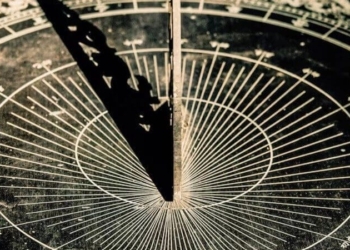The difference between the two sexes has always been an intriguing topic for biologists to discuss. Whether it’s the stunning plumage of a male peacock or the majestic antlers of a male deer, sexual dimorphism is often a complex product of environmental pressures and sexual selection.
Predatory species can be considered the rulers of the land, while birds of prey like eagles, hawks, and owls dominate the skies. However, the sexual dimorphism of birds of prey and carnivorous mammals is entirely opposite. Most carnivorous mammals have males that are larger than females, while in most birds of prey, females are larger than males. What causes this phenomenon?
Patterns
Different species of birds of prey and carnivores exhibit variations in body size between males and females, but there are patterns to these differences. First, let’s look at birds of prey. In a 2005 study, Kruger summarized the sexual dimorphism of eagles, hawks, and owls. In summary, the harder the prey is to catch, the smaller the male tends to be.
Among them, the species Accipiter ventralis, found in the tropical forests of South America, may be the most notable bird of prey in terms of sexual dimorphism. The average wingspan of the male is only 53% that of the female.
Other species of birds of prey that hunt agile and quick prey such as birds, bats, monkeys, and squirrels typically have males whose wingspan does not exceed 80% of that of the female.
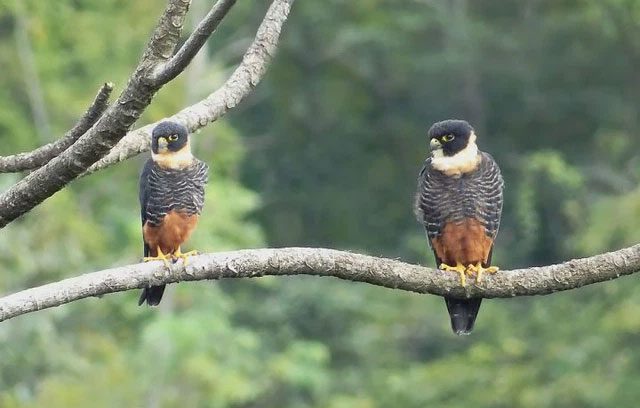
Manta Hawk (Bat Falco) inhabiting the lowland tropical forests of America. It feeds on various species of birds and bats. The male typically has a wingspan of 61% that of the female. The image shows a pair of manta hawks standing together. It is easy to recognize the female on the right, who is not only longer in body but also significantly bulkier.
However, as the difficulty of hunting decreases, the size differences between the sexes in birds of prey also diminish. Taking eagles as an example, many birds of prey, such as eagles, buzzards, and snake eagles, find their ground-based prey easier to catch than bats and other birds. The wingspan of the male typically reaches 80% or even 90% when compared to the female. The same applies to all types of hawks and owls that hunt small mammals, reptiles, and large insects.
Conversely, in scavenger species, males are often nearly the same size as females, and in some vulture species, males can even be larger than females. The wingspan of the male Vultur gryphus (Andean Condor) is typically 126% that of the female, making them a unique case — the largest male among all birds of prey.
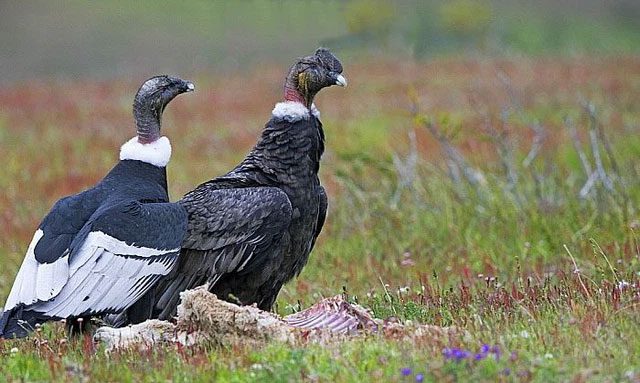
A pair of Andean Condors; you can see that the male on the right is slightly larger than the female on the left.
For carnivorous mammals, the differences in body size between the sexes are also related to the species’ habits. A 2019 study by Law found that the degree of sexual dimorphism among terrestrial carnivores is related to their dietary habits and social characteristics.
Accordingly, in species of carnivores with a higher degree of solitary living, the body size difference between males and females becomes more pronounced. This is most clearly observed in large cat species and those in the weasel family.
Males of species such as tigers, leopards, mountain lions, and golden jackals are often significantly larger than females. Among terrestrial carnivores, the species with the greatest size difference between males and females is Mustela itatsi, where the average weight of females is only 30% that of males.
Groups of carnivorous animals like wild dogs and wolves generally exhibit relatively low sexual dimorphism. Of course, this pattern reflects a general trend and there are exceptions.
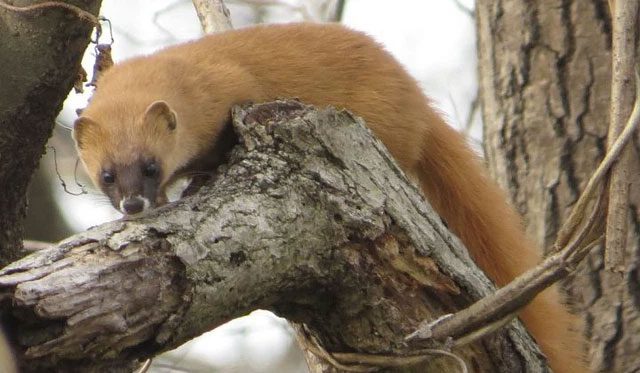
In golden jackals, males are often significantly larger than females.
Causes
Both birds of prey and carnivorous mammals are predators, so what leads to the contrasting body sizes between the sexes? In fact, like all animal species, the sexual dimorphism of birds of prey and carnivores is the result of natural selection and sexual selection, with the differences reflecting variations in reproductive strategies.
First, let’s consider birds of prey. To explain the sexual dimorphism in birds of prey, scientists have proposed several hypotheses.
The first hypothesis suggests that predatory birds are quite aggressive, so if males are larger than females, they might mistake females for potential prey during pursuit, which could lead to injury to their mates.
Thus, the larger size of females serves as a form of self-protection. However, upon observing the reproductive behavior of birds of prey, scientists have found that pairs of birds often coexist harmoniously. Moreover, if predatory birds truly saw their mates as prey, then larger females would also pose a threat to the safety of males. Therefore, this hypothesis is clearly incorrect.
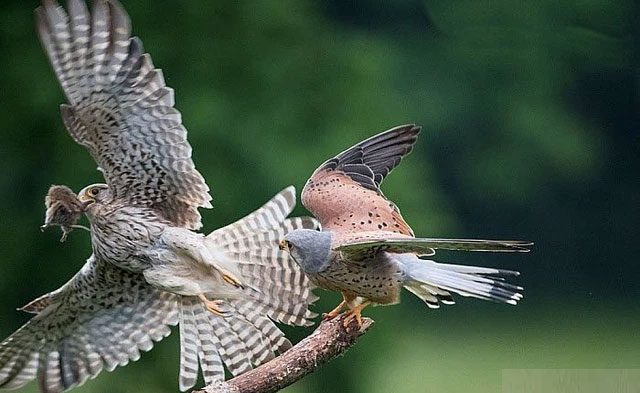
Is the larger size of females a form of self-protection?
The second hypothesis posits that males are smaller than females to attract mates. This view suggests that male birds of prey rely on aerial displays to attract females. Since females prefer males that can fly faster, sexual selection favors smaller males who are more successful in mating competition.
This hypothesis seems plausible, and furthermore, in predatory birds that often raise their young in pairs, males play a vital role, as they typically undertake most of the hunting tasks.
Many might argue that larger size equates to stronger predation capabilities, but this is not true for birds of prey. Research and observation show that while hawks may be significantly smaller than eagles, they are often more skilled hunters and have a much higher hunting efficiency, primarily due to their smaller size and agility.
Additionally, smaller males consume less food, allowing them to leave more food for females and chicks after each hunt. Therefore, smaller males have more advantages in predatory bird species.
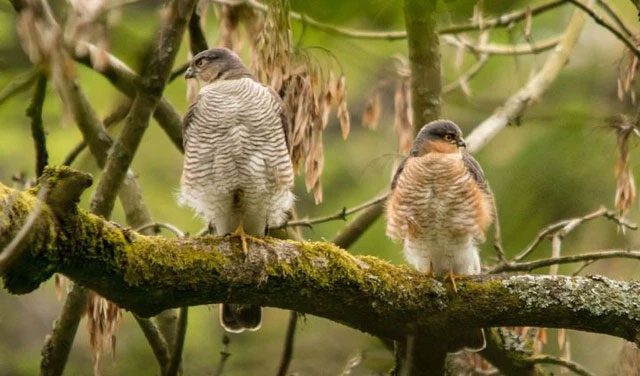
For predatory birds, smaller males have more advantages.
Meanwhile, for carnivorous mammals, the differences in body size between the sexes primarily stem from male territorial competition. Unlike birds of prey, which typically exhibit monogamous behavior, the reproductive structure of carnivorous mammals is predominantly polygamous. Males often need to defend a large territory that encompasses several female territories. This pressure from sexual selection compels them to develop larger sizes to protect their territories and mate more frequently.
In predatory mammals, females typically bear the responsibility of raising their young, and thus they need to hunt to sustain themselves and their offspring. Like male birds of prey, female carnivores may be slightly less capable in hunting large prey, but their agility and speed allow them to easily catch medium and small prey. The smaller size of females can also save more food for their young.
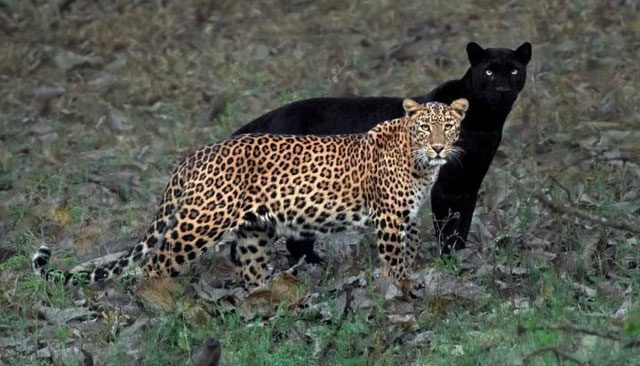
The smaller size of females can also save more food for their young.
In conclusion, the significant reason why females are larger in birds of prey and males are larger in carnivorous mammals is due to the different division of labor and social structures. Whether it is a solitary mammal or a predatory bird, smaller individuals often excel in hunting and raising their families, while larger individuals may be better at fighting and defending territories.








































